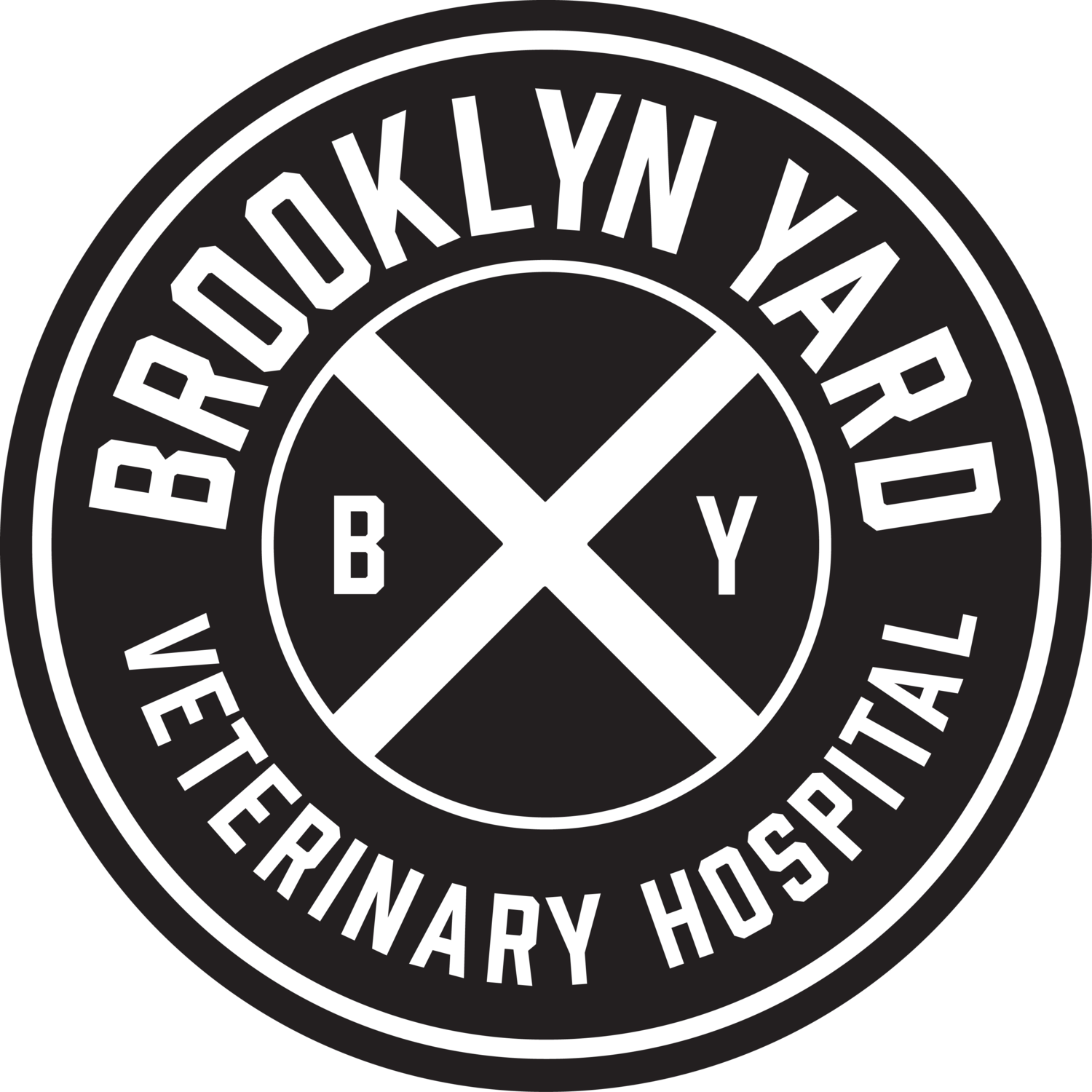
Puppy Resources
The Critical Socialization Window
According to the American Veterinary Society of Animal Behavior (AVSAB); “The primary and most important time for puppy socialization is the first three months of life. During this time puppies should be exposed to as many new people, animals, stimuli and environments as can be achieved safely and without causing overstimulation manifested as excessive fear, withdrawal or avoidance behavior. For this reason, the AVSAB believes that it should be the standard of care for puppies to receive such socialization before they are fully vaccinated.” Read the full Puppy Socialization Position Statement from the AVSAB for more information behind this recommendation.
This means that the single most important part of a behavioral wellness program is proper socialization during their critical developmental period, which ends at 16 weeks. These are the key weeks to introduce the puppy to as many new things as possible in a protective and thoughtful way to ensure positive experiences and learning without overwhelming the puppy. Owners must begin socialization the day they bring their new puppies home because the clock is ticking!
Resources
-
Puppy Parenting Guidebook from Instinct Training
-
We recognize that puppy socialization is so important that we have partnered with Pup Star Training to offer in clinic small group socials for a variety of age groups and temperaments. These classes are offered on Sundays and sign-up is through Pup Star. *
Click here to view other options for puppy socialization opportunities in Portland.
* Brooklyn Yard Veterinary Hospital does not manage any component of scheduling.
-
-
Know where your closest emergency/urgent care facility is located. Click here for a comprehensive list.
Do we recommend health insurance from Day 1 for your puppy? Yes!
-
Email us at hello@brooklynyardvet.com if you have any questions.
Puppy Socials
Puppy Socials
Brooklyn Yard Veterinary Hospital is proud to host puppy socials every Sunday in our facility run by Pup Star Training
Vaccinations & Veterinary Visits
Most puppies will begin going to the veterinarian at six to eight weeks of age to begin immunizations, heartworm and flea preventive treatments, receive behavior and training advice, and be permanently identified with a microchip. Each vaccination and exam schedule is tailored to an individual puppy's needs and lifestyle.
The appropriate standard of care means you will be taking your pup to the clinic every three to four weeks from approximately 6 weeks to 4 months of age for immunizations, health checks, and to touch base with your veterinarian about any issues. Repeatedly visiting the clinic over several months for vaccinations, and then for boosters or titers throughout your dog’s life may seem inconvenient, but the diseases that vaccinations shield pets from are potentially deadly yet, thankfully, largely preventable.
Your new puppy may come with documentation of up-to-date shots. However, within a few days of your puppy's arrival home, take your puppy to your veterinarian for a full physical and to determine a vaccination schedule and begin a clinical record. Plus, it is a great way to introduce your puppy to a veterinarian for a low-stress, fun visit!
Parasite Prevention
Puppies should start on heartworm prophylaxis no later than 8 weeks of age, according to the American Heartworm Society. While in this area, heartworm disease is not endemic (although we are seeing a rise in cases), heartworm prevention also provides monthly deworming, especially important if you are going to dog parks, rivers, camping, hiking, or if you have children in your household.
Flea prevention is also recommended monthly as fleas are present year-round in the Pacific Northwest. There are many options for flea prevention and we only make recommendations for safe and effective products.
Spay & Neuter
Puppies that are adopted from shelters or rescue organizations are typically spayed or neutered already. For puppies that need to be altered, your veterinarian will discuss the appropriate timing for this procedure as there are many factors that influence these recommendations.
Typically with large or giant breed dogs, we recommend waiting closer until skeletal maturity to spay or neuter in order to decrease the incidence of certain orthopedic conditions.
It is important to note that due to the varied incidence and severity of disease processes, there is no single recommendation that would be appropriate for all dogs.
Analysis of the current literature reveals that there is minimal risk for surgical complications or subsequent developmental abnormalities between pediatric spay/neuter performed on dogs between 6 and 14 weeks of age and spay/neuter performed on dogs at the more traditional age of 6 months, both of which are prior to puberty.
Developing recommendations for an informed case-by-case assessment requires an evaluation of the risks and benefits of spay/neuter, including its potential effects on neoplasia, orthopedic disease, reproductive disease, behavior, longevity, and population management.
As a proud veterinary partner of One Tail At A Time Dog Rescue, and supporter of shelter adoptions, we recognize our role in educating our clients and community regarding the importance of spaying and neutering so as to not further contribute to overpopulation.
More Resources
Potty Training (including the pros and cons of pad training)
26 Boredom Busters and Keeping Your Puppy Mentally Stimulated
Must-have books:
The Puppy Primer by Patricia B. McConnell, PhD and Brenda Scidmoreand
Perfect Puppy in 7 Days By Dr. Sophia Yin, DVM, MS

